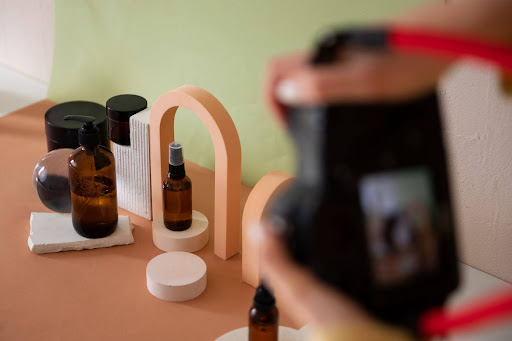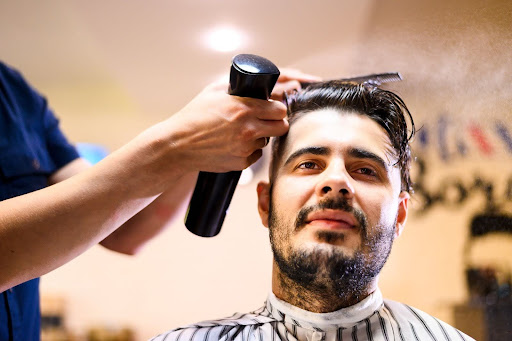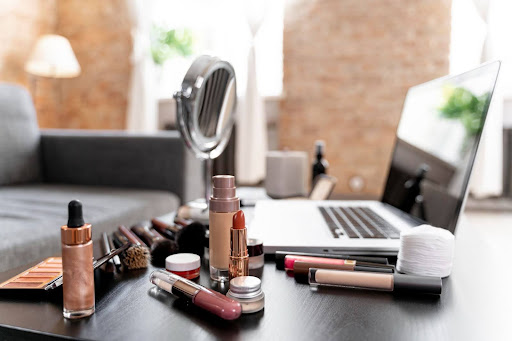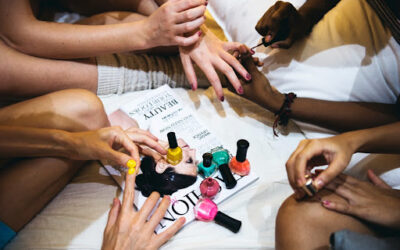The beauty industry is growing fast, and it presents many opportunities for young entrepreneurs to establish a niche beauty brand. Opening and developing a successful beauty company takes meticulous planning, market analysis, and brand positioning. From establishing a brand identity to marketing and distribution, each step is crucial in creating a strong foothold in the cosmetic world. Here’s a step-by-step guide to developing a beauty brand.
1. Identify a Niche
The first step in creating a beauty brand is identifying a specific niche. The cosmetic world is highly competitive, making it essential to offer something unique. Whether it is organic skincare, professional makeup products, luxury haircare, or cruelty-free cosmetics, choosing a niche helps differentiate the brand from competitors. Market research is crucial to understanding customer demands, trends, and gaps in the industry.
2. Define Brand Identity
A robust brand identity forms the basis of a beauty business. This involves choosing a brand name, logo, and overall look that best represents the values and target market. The message, tone, and packaging of the brand must match its vision. A well-established identity aids in making a lasting impression and acquiring loyal customers.
3. Develop High-Quality Products
Quality is the key to success in the beauty industry. Product formulation should meet safety standards, provide effective results, and be suitable for the target audience. Whether manufacturing independently or partnering with suppliers, testing and refining formulations are essential to ensure consistency and customer satisfaction. The packaging should be appealing and eco-friendly, aligning with modern consumer preferences.
4. Understand Legal and Regulatory Requirements
Legal and regulatory compliance is an important step towards the launch of a beauty brand. Registration, product testing, labeling, and compliance with safety standards are required to prevent legal issues. Knowledge of import/export regulations, certifications, and ingredient restrictions facilitates easy business operations.
5. Build an Online Presence
A strong digital presence is essential for reaching a wider audience. Creating an engaging website, optimizing social media profiles, and leveraging e-commerce platforms increase brand visibility. Posting high-quality content, beauty tutorials, and customer testimonials helps in building credibility. Collaborating with influencers and beauty experts further enhances brand reach.
6. Develop a Marketing Strategy
A strong marketing plan is required to build brand recognition and drive sales. With a combination of digital marketing, influencer partnerships, email promotions, and paid advertising, there is maximum visibility. SEO-optimized content, compelling videos, and interactive social media campaigns drive potential customers to the business.
7. Attend Industry Events and Trade Shows
Participating in beauty industry events and trade shows offers networking opportunities with professionals, suppliers, and distributors. Events like HBS India provide a platform to showcase products, connect with potential clients, and learn about industry trends. Trade shows also help in gaining media exposure and building business credibility.
8. Focus on Customer Experience
Customer satisfaction is important in brand development. Providing great customer service, hassle-free returns, and quick responses to questions make a good impression on the brand. Interacting with customers via social media, loyalty schemes, and special promotions makes them happy and boosts retention rates.
9. Collaborate with Beauty Influencers
Influencer marketing is a powerful tool in the cosmetic world. Partnering with beauty influencers and industry experts helps in gaining credibility and reaching a larger audience. Product reviews, tutorials, and social media collaborations increase brand recognition and encourage potential customers to try the products.
10. Establish Retail and Distribution Channels
Expanding distribution through online and offline channels ensures business growth. Partnering with beauty salons, retail stores, and e-commerce platforms increases product accessibility. Launching exclusive products through limited-time offers and subscription boxes attracts customers and boosts sales.
11. Keep Up with Industry Trends
The beauty market is ever-changing, hence the need to remain current with trends, innovation, and customer taste. Keeping abreast of new ingredients, environmental packaging, and technology ensures the brand remains competitive. New product launches and trend-led launches keep customers excited and interested.
12. Gather Customer Feedback and Improve
Responding to customer comments and improving as needed strengthens brand image. Surveys, review analysis, and social media listening offer rich information. Ongoing product and packaging quality improvements, along with marketing strategy tweaks, help ensure long-term success.
Conclusion
Building a beauty brand requires passion, research, and strategic planning. Every step, from product development to marketing and customer engagement, plays a vital role in ensuring success. For beauty entrepreneurs looking for industry exposure and networking opportunities, HBS India provides an excellent platform to connect with experts, showcase innovations, and establish a strong presence in the cosmetic world.















